Birds are often depicted as peaceful creatures, fluttering elegantly through the skies or serenading us with melodious songs. However, nature reveals a more complex reality – some avian species display remarkable aggression that can surprise even experienced ornithologists. From defending territory to protecting offspring, these birds have developed aggressive behaviors that occasionally bring them into conflict with humans and other animals. This article explores the world’s most aggressive bird species, examining what triggers their attacks and how we can better understand these fascinating but sometimes fearsome feathered creatures.
The Australian Magpie – Masters of Swooping Season
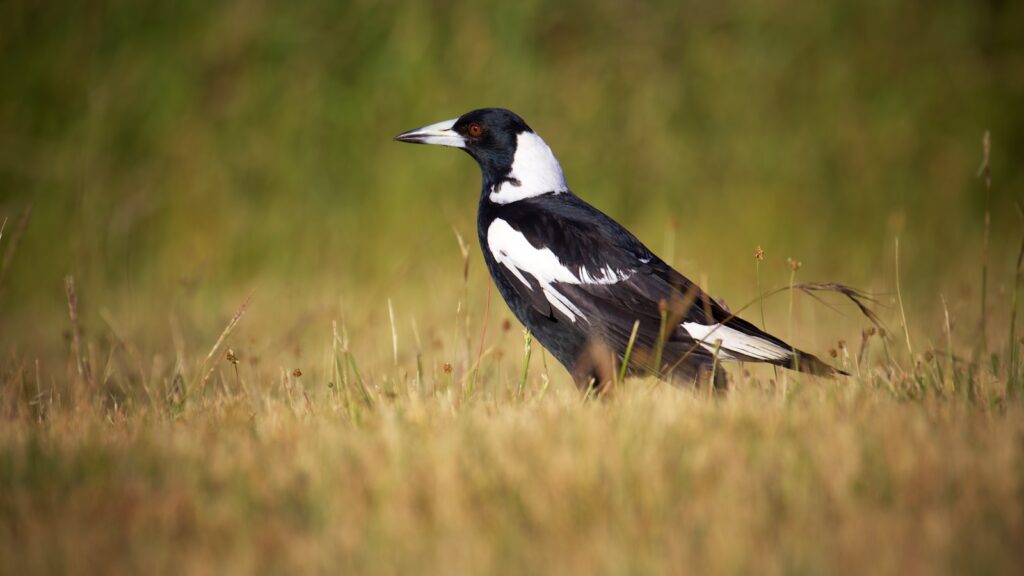
The Australian magpie (Gymnorhina tibicen) has earned international notoriety for its aggressive swooping attacks during breeding season, typically from August to October. These intelligent birds possess remarkable facial recognition abilities, remembering individuals who have threatened them or their nests in the past and targeting them specifically during future encounters. Male magpies are primarily responsible for the defensive swooping, diving at perceived threats with precision, and occasionally making contact with their sharp beaks or claws. Scientists believe this behavior evolved as a protective mechanism for vulnerable nestlings, with some particularly territorial males recorded conducting up to 100 swooping attacks in a single day during peak breeding season.
Cassowaries – The World’s Most Dangerous Bird
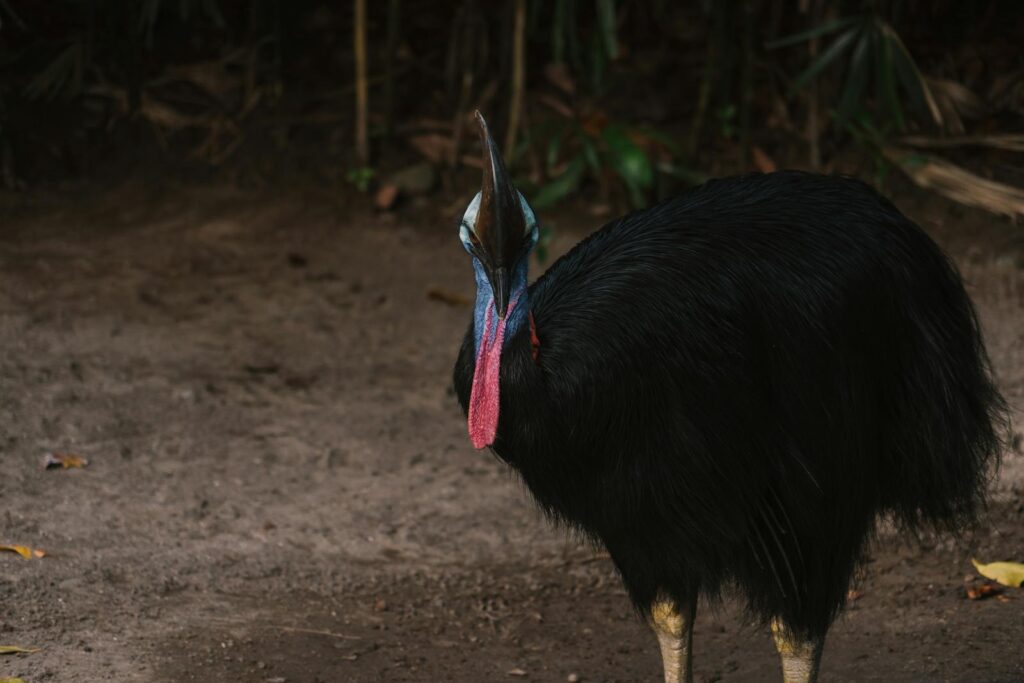
Often called the world’s most dangerous bird, the cassowary (particularly the Southern cassowary, Casuarius casuarius) possesses a lethal combination of physical attributes that make its aggressive tendencies particularly threatening. Standing up to 6.6 feet tall and weighing up to 130 pounds, these flightless birds feature a helmet-like casque on their heads and dagger-like middle claws that can grow to 5 inches long. Cassowaries typically avoid human contact, but when provoked, cornered, or protecting their young, they can deliver potentially fatal kicks with enough force to pierce human flesh and rupture internal organs. Their territorial nature in their native rainforest habitats of Northern Australia and New Guinea has resulted in several documented human fatalities over the years, earning them their fearsome reputation.
Northern Goshawks – Ferocious Forest Protectors
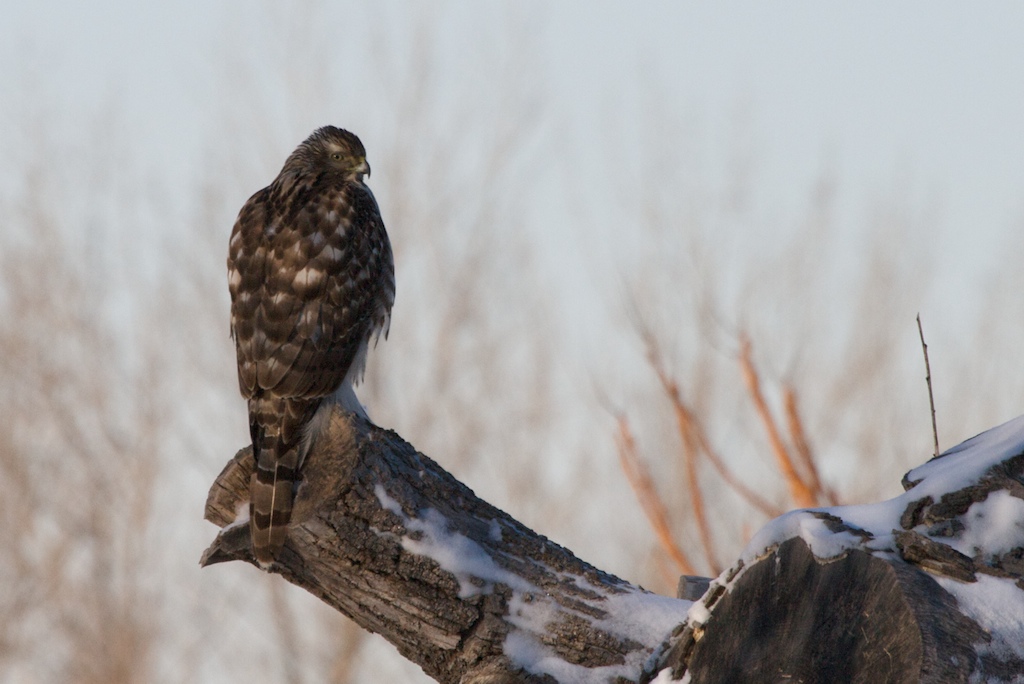
The Northern goshawk (Accipiter gentilis) demonstrates some of the most aggressive nest defense behaviors among birds of prey, earning them the nickname “phantoms of the forest.” During breeding season, these powerful raptors become extraordinarily territorial, performing intimidation displays and direct attacks on anything, including humans, that ventures too close to their nesting sites. Their aggressive protection extends to emitting sharp alarm calls before diving at intruders with their sharp talons exposed, often striking with enough force to cause serious injury. Wildlife researchers studying these birds frequently report head injuries from surprise attacks, as goshawks are known to approach silently from behind before striking with precision. Their fearsome reputation dates back centuries, with falconers historically considering goshawks among the most difficult and aggressive birds to train.
Great Horned Owls – Silent Night Attackers
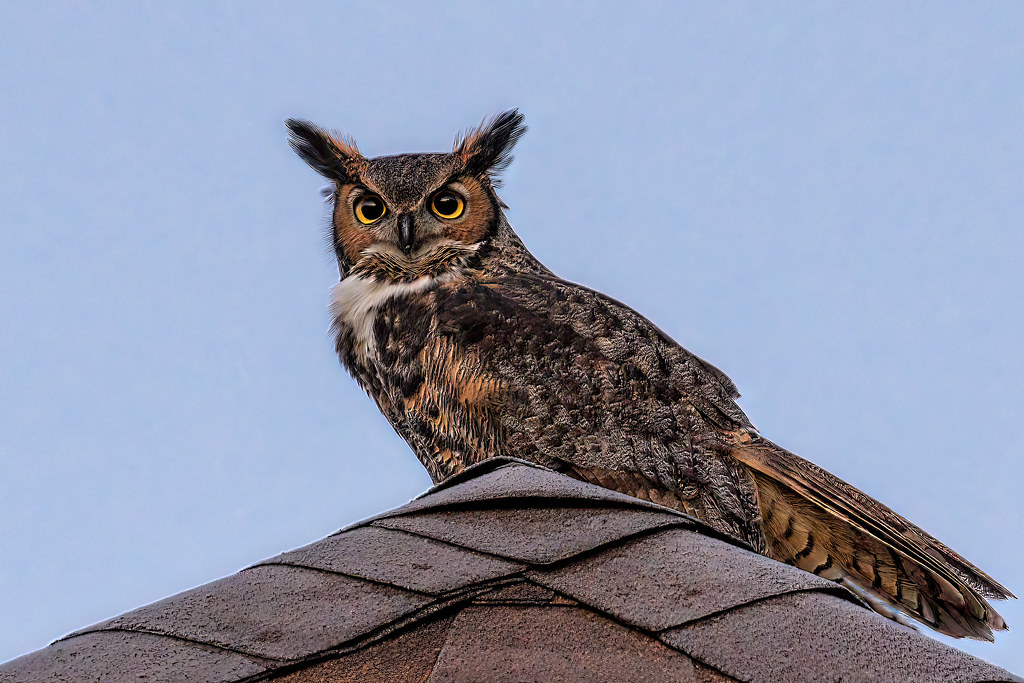
The great horned owl (Bubo virginianus) combines stealth with extraordinary aggression, particularly during nesting season between January and April. These powerful nocturnal predators are known to attack creatures many times their size, including humans who approach their nesting territories unwittingly. Their specialized wing feathers allow for completely silent flight, making their attacks particularly startling as victims rarely hear them coming before feeling the impact of razor-sharp talons. Great horned owls possess a crushing grip strength of approximately 300 pounds per square inch—strong enough to sever a human finger or cause severe lacerations to the scalp. Wildlife rehabilitators consistently rank these owls among the most dangerous birds to handle, with their aggressive temperament persisting even in captivity.
Red-Winged Blackbirds – Small Birds, Big Attitude
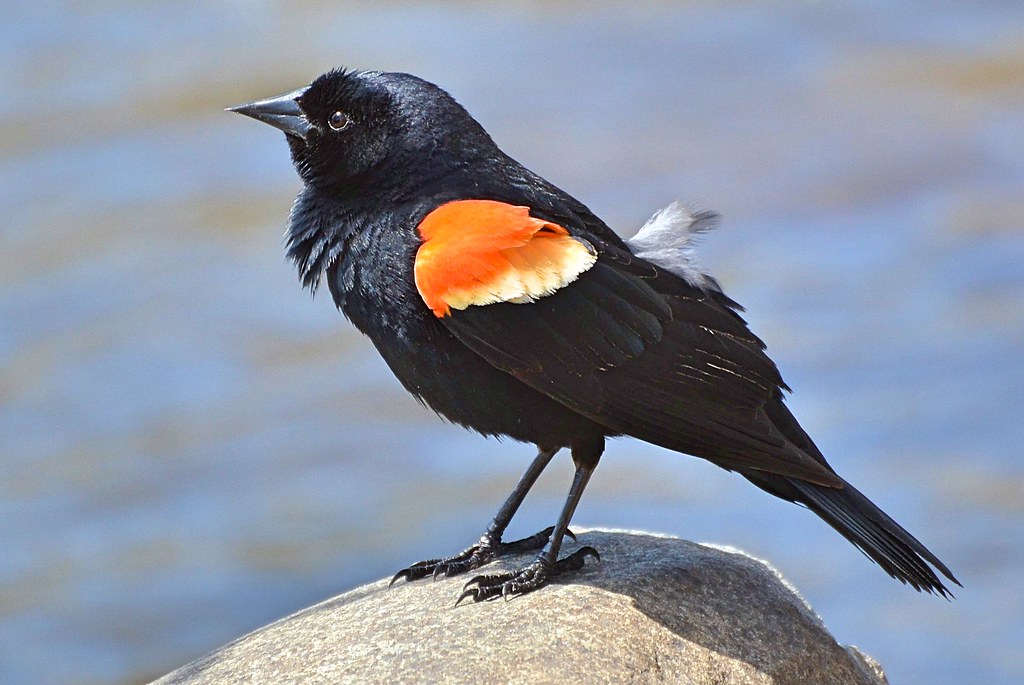
Despite their small size (weighing only about 2 ounces), red-winged blackbirds (Agelaius phoeniceus) demonstrate remarkably aggressive territorial behavior during the breeding season. Male blackbirds establish and vigorously defend territories against all perceived threats, including much larger birds, animals, and humans who happen to pass through their claimed space. Their attack strategy typically involves diving repeatedly at the intruder’s head while emitting distinctive alarm calls, occasionally making physical contact with their claws or beaks. Research has shown that these birds can recognize individual humans and will increase their aggression toward people they’ve previously identified as threats. In urban and suburban parks across North America, warning signs about red-winged blackbird aggression become common fixtures during spring and early summer when their territorial instincts are at their peak.
Mute Swans – Beauty with a Dangerous Edge

Mute swans (Cygnus olor) present a deceptive combination of elegant beauty and formidable aggression, particularly during nesting season. These massive birds, weighing up to 26 pounds with wingspans reaching 8 feet, possess incredible strength that they don’t hesitate to use when defending their territory or cygnets. Their primary attack method involves powerful wing beats capable of breaking human bones, particularly arms raised in defense, while their strong beaks can deliver painful bites that may cause significant bruising or lacerations. Mute swans have been documented capsizing small boats, drowning dogs, and causing serious injuries to humans who venture too close to their nesting sites. Their aggression extends beyond typical breeding defensiveness, as they’re known to maintain and defend territories year-round, contributing to their reputation as one of the most territorial waterfowl species.
Ostriches – When Flightless Birds Fight Back
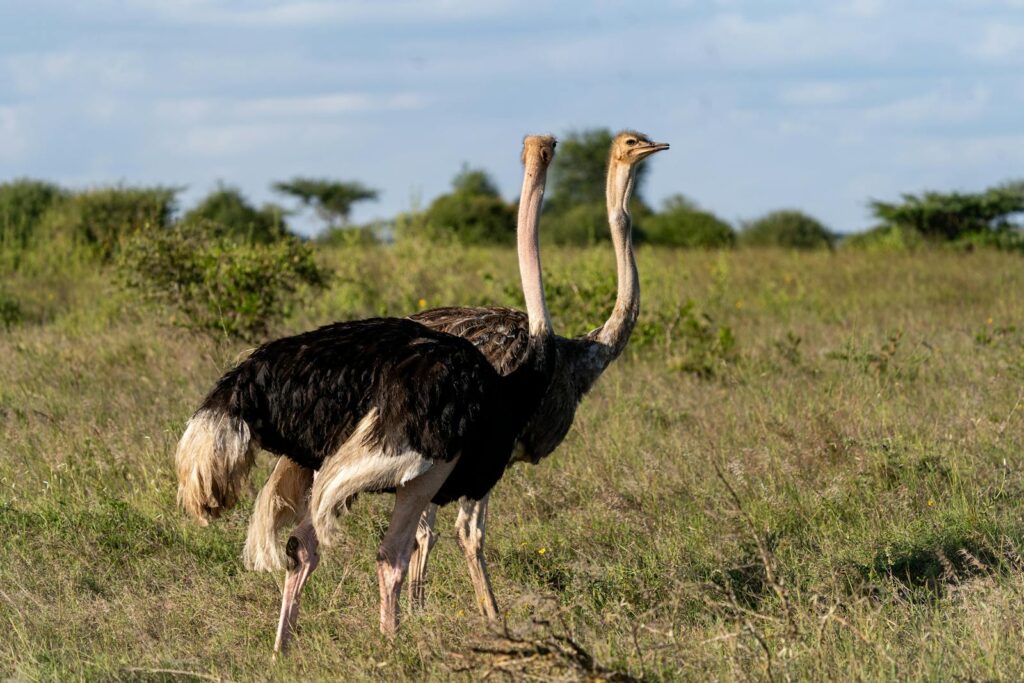
The ostrich (Struthio camelus), while often perceived as comical, ranks among the world’s most dangerous birds when provoked or threatened. Standing up to 9 feet tall and weighing over 300 pounds, these flightless birds possess extraordinary leg strength that powers kicks capable of delivering 2,000 pounds of force—enough to kill lions and certainly fatal to humans. Their aggressive tendencies emerge primarily during breeding season when males (called cocks) become highly territorial, displaying their black and white plumage while hissing menacingly before charging perceived threats. Ostriches possess dagger-like claws measuring 4 inches on each toe, which they use with devastating precision during forward kicks directed at predators or unwelcome human visitors. Despite their imposing size and strength, most ostrich attacks occur only after significant provocation or when humans dangerously underestimate the bird’s territorial nature.
Barred Owls – Unexpected Urban Aggressors
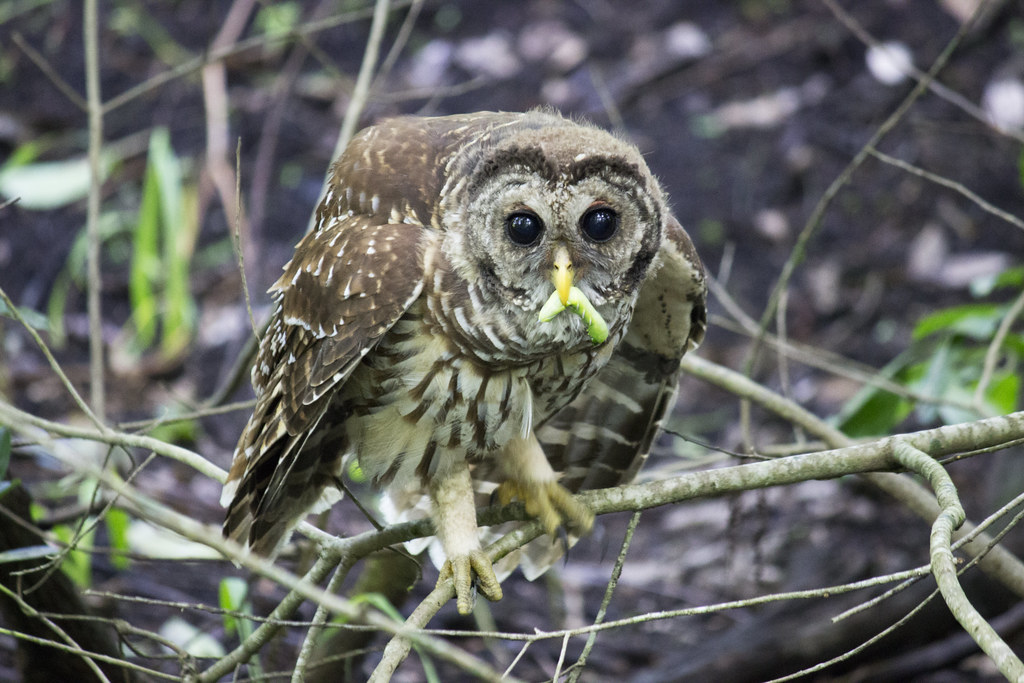
Barred owls (Strix varia) have developed a surprising reputation for unprovoked aggression, particularly in urban and suburban environments where their territories increasingly overlap with human activity. Unlike many birds that attack only during breeding season, barred owls have been documented striking joggers, hikers, and even casual pedestrians throughout the year, with attacks often targeting the head and causing significant scalp lacerations. Ornithologists believe this unusual behavior may result from territorial defense combined with the birds’ natural boldness and adaptability to human environments. Their silent flight capabilities make their attacks particularly startling, as victims typically have no warning before feeling sharp talons impact their head or shoulders. In some communities with established barred owl populations, warning signs have been posted in parks and wooded areas where repeated attacks have occurred.
Skuas – The Pirates of the Bird World
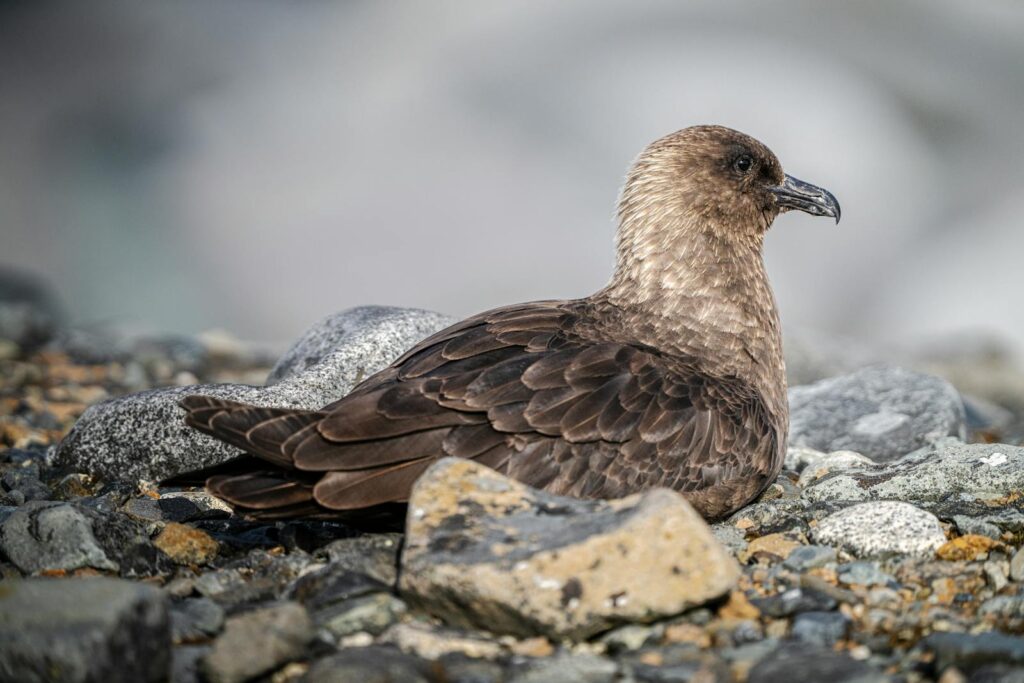
Skuas, particularly the Great Skua (Stercorarius skua) and South Polar Skua (Stercorarius maccormicki), have earned the nickname “pirates of the bird world” for their exceptionally aggressive behaviors. These seabirds employ remarkable aerial attack strategies, diving at tremendous speeds toward anything approaching their nesting colonies, including much larger predators and humans. Their defensive aggression includes strategic vomiting of partially digested fish oil at threats, a foul-smelling substance that can damage the waterproofing of other birds’ feathers or stain clothing permanently. Researchers working in skua territories routinely wear protective helmets as these birds precisely target the highest point of an intruder, often striking with enough force to cause concussions or deep cuts. Their boldness extends beyond nest defense to kleptoparasitism—the practice of harassing other seabirds until they regurgitate their recent meals, which the skuas then consume.
Canada Geese – Suburban Aggressors

Canada geese (Branta canadensis) have adapted remarkably well to suburban environments, bringing their aggressive territorial behaviors into frequent contact with humans. During nesting season between March and June, these large waterfowl become exceptionally protective, with males (ganders) charging at perceived threats with wings spread wide, hissing loudly, and sometimes delivering powerful bites that can cause significant bruising. Their aggressive displays include a distinctive head-pumping motion that serves as a final warning before physical confrontation, though many humans misinterpret or fail to notice these signals before an attack occurs. A single goose can exert over 90 pounds of force in a concentrated bite, often targeting sensitive areas like fingers, ankles, or the face when defending territory. In urban areas with established goose populations, attacks have become common enough that some parks implement management strategies, including habitat modification and public education campaigns about goose behavior.
Northern Shrikes – The Butcher Birds
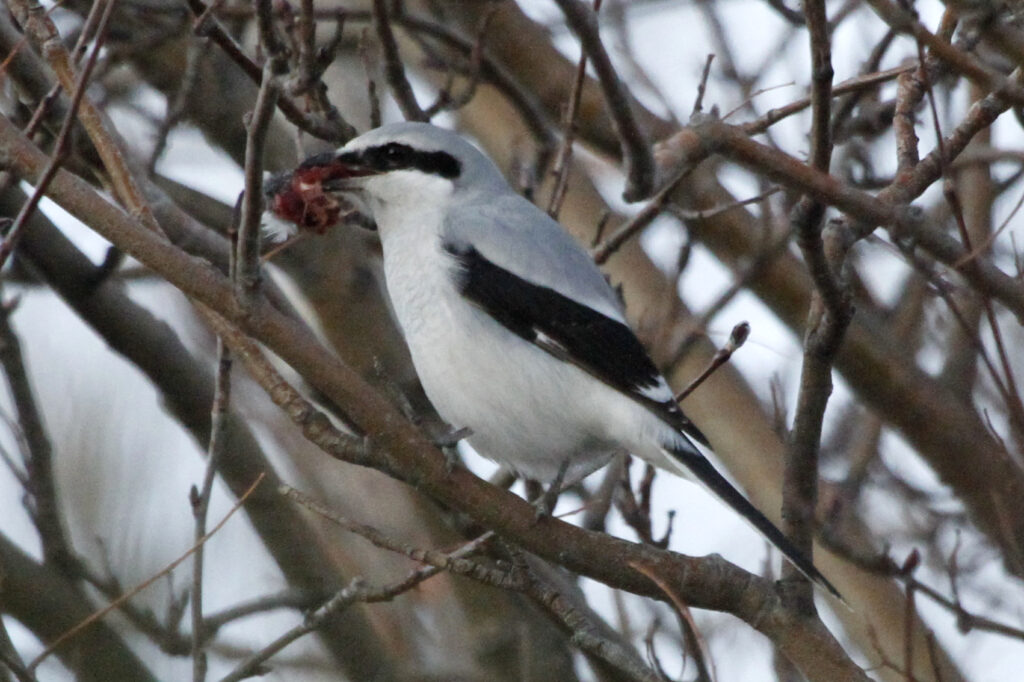
The Northern Shrike (Lanius excubitor) demonstrates a uniquely gruesome form of aggression that has earned it the nickname “butcher bird” among ornithologists. Despite their small size (similar to a robin), these songbirds are predatory, attacking and killing creatures sometimes larger than themselves, including other birds, small mammals, and large insects. Their most distinctive aggressive behavior involves impaling their prey on thorns, barbed wire, or sharp twigs—creating macabre “larders” that mark their territories and store food. Though rarely directly aggressive toward humans, their predatory nature is astonishingly fierce for a songbird, with specialized beak adaptations featuring a sharp hook and “tomial tooth” that can sever the spine of small vertebrates. Their territorial displays include remarkable mimicry of other birds’ songs, which they use to lure potential prey closer before launching lightning-fast attacks.
Peregrine Falcons – Defenders of the Sky
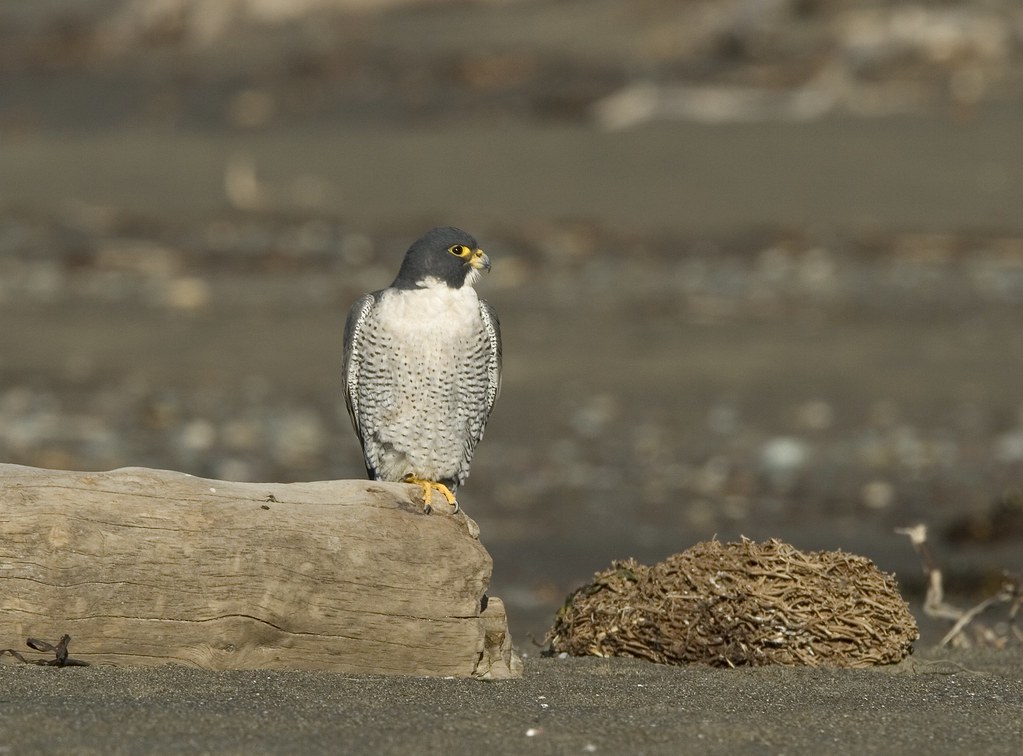
The Peregrine Falcon (Falco peregrinus), renowned as the world’s fastest animal, channels its impressive abilities into remarkable aggressive behaviors during breeding season. Nesting pairs become extraordinarily territorial, performing spectacular aerial assaults against perceived threats that can include high-speed dives (stoops) at over 200 mph directed toward intruders, including humans who venture too close to cliff nesting sites or urban nest boxes. Their precision during attacks is legendary among researchers, who report the birds can strike specific targets like a person’s head or hand with incredible accuracy, often causing lacerations or significant injury. Female peregrines, notably larger than males, demonstrate particularly fierce nest defense, sometimes continuing aggressive behavior even after eggs have hatched and throughout the fledgling period. Urban wildlife managers working with building-nesting peregrines routinely wear protective helmets and face shields when conducting nest checks or banding activities due to the birds’ unflinching aggression.
Understanding and Preventing Bird Attacks
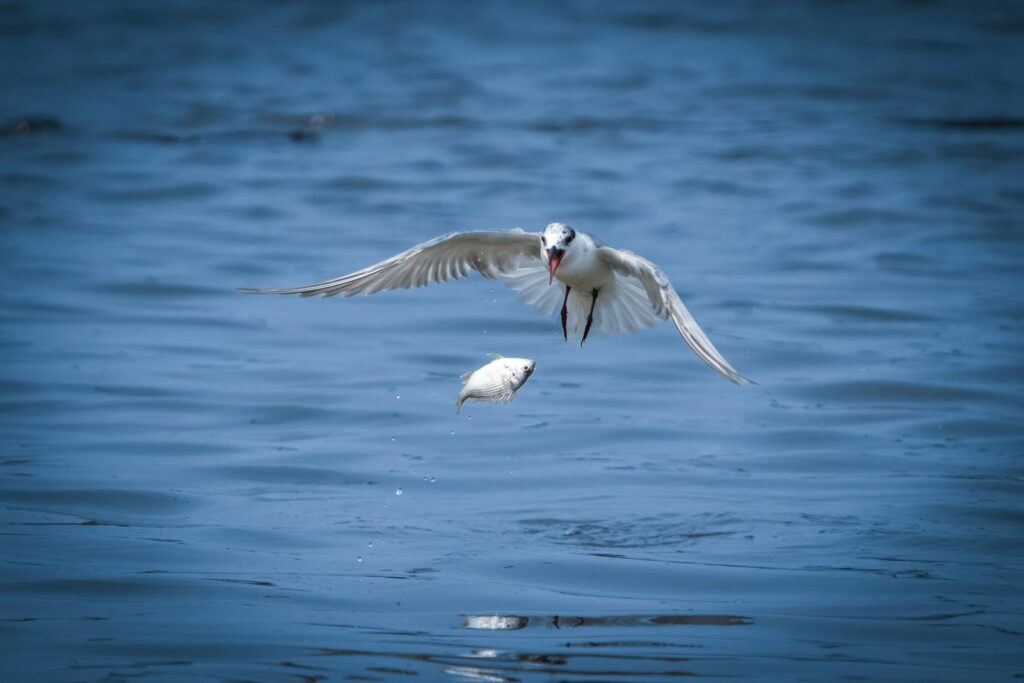
The majority of aggressive bird encounters share a common trigger—perceived threats to nesting sites or young offspring. Understanding avian behavioral patterns can significantly reduce the risk of harmful interactions, particularly by recognizing that most attacks are defensive rather than predatory. Creating appropriate distance from known nesting sites during breeding seasons represents the most effective preventive measure, while wearing protective headgear in areas with documented aggressive bird populations provides additional safety. Some communities have implemented innovative approaches like the “eyes on back” strategy—wearing hats or masks with large eye patterns on the rear—which exploits many birds’ instinctual avoidance of direct eye contact during attacks. Conservation experts emphasize that aggressive bird behavior rarely represents genuine malice but rather powerful parental instincts that have evolved over millions of years to ensure species survival in challenging environments.
Conclusion
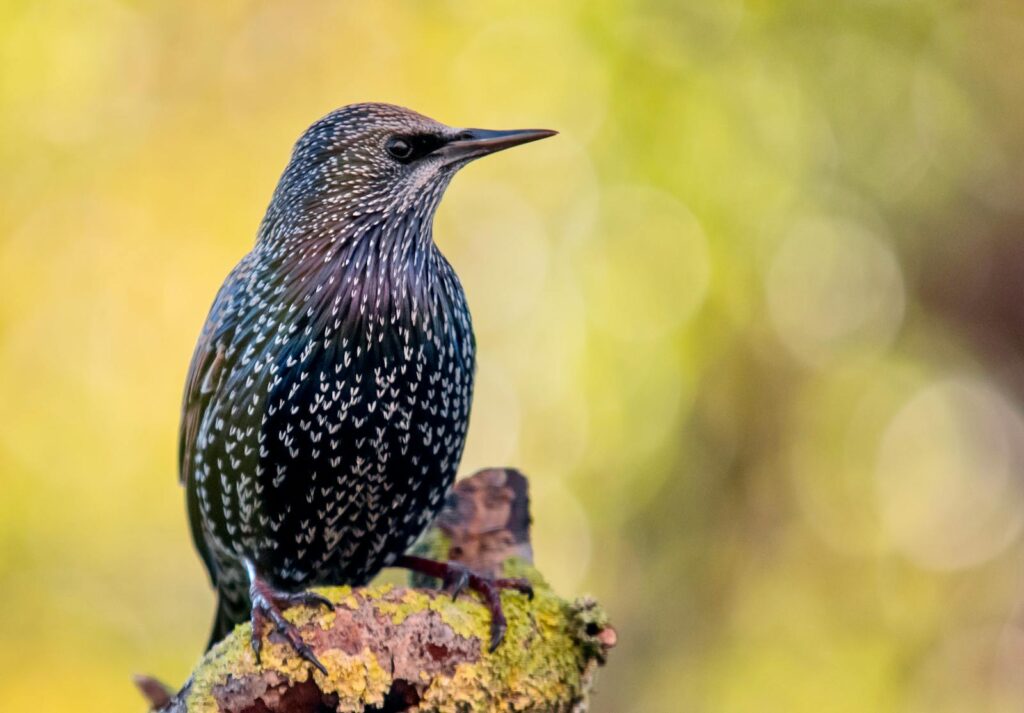
The most aggressive birds in the world have developed their fearsome behaviors through evolutionary necessity, primarily as protection mechanisms for vulnerable offspring or valued territories. From the silent, deadly strikes of the great horned owl to the notorious swooping attacks of the Australian magpie, these avian aggressors command respect and caution. However, understanding the motivations behind their aggression can foster greater appreciation for their remarkable adaptations rather than fear. By recognizing warning signs, respecting breeding territories, and acknowledging that we sometimes inadvertently threaten these remarkable creatures, we can minimize dangerous encounters while continuing to admire the fascinating diversity of defensive strategies in the avian world.
